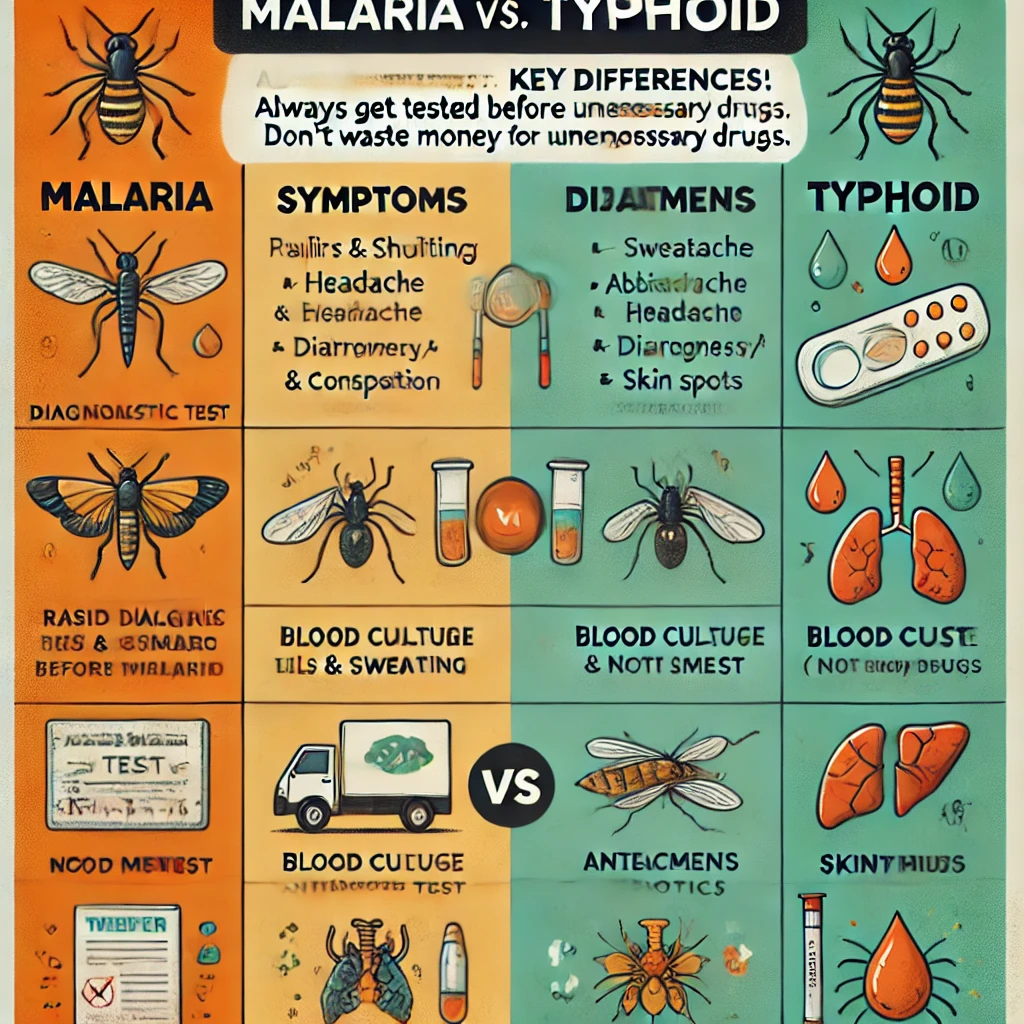A Smarter Way Forward: Strengthening Obamacare Through Republican-Led Cost Reforms
At Erherephiohwo Academy, we believe leadership means finding common ground and practical solutions. This article explores a balanced approach that allows Republicans to reform health insurance costs while maintaining the protections offered by the Affordable Care Act.
As debates over the Affordable Care Act (commonly known as Obamacare) continue to stall American politics, it has become clear that a complete repeal of the program is neither practical nor beneficial to the millions of Americans who depend on it. Yet, it is also undeniable that the system faces serious cost challenges; particularly for government workers and middle-income families who struggle to keep up with rising insurance premiums.
It is time for Republicans to take a bold, balanced approach: reduce the cost of insurance while allowing Obamacare to continue operating.
1. Reform, Not Repeal
The goal should no longer be to stop Obamacare, but to improve it. Republicans can demonstrate true leadership by identifying inefficiencies and designing reforms that deliver affordability and accountability.
Key reforms could include:
- Cutting administrative waste in federal and state insurance systems.
- Encouraging competition among insurance providers to lower prices.
- Allowing states greater flexibility to adapt the program to their local economies.
- Negotiating fair drug prices to make treatment more affordable for everyone.
These measures would help reduce costs without removing the safety nets that millions of Americans now rely upon.
2. Protecting Coverage, Promoting Efficiency
Maintaining coverage for people with pre-existing conditions and those who cannot afford private insurance is not a partisan issue, it is a moral one. Republicans can champion a system that continues to protect vulnerable citizens while reducing unnecessary spending and improving efficiency.
This approach not only prevents coverage losses but also strengthens the credibility of the party as one that governs with compassion and competence.
3. A Path Toward Unity and Public Trust
- By focusing on reform rather than repeal, Republicans can present themselves as problem-solvers instead of political rivals. The American public is tired of endless partisan battles that lead to shutdowns and policy uncertainty. A cooperative, reform-driven strategy would rebuild trust and attract moderates and independents who value practical governance.
Such leadership would not only stabilize the health system but also enhance Republican re-election prospects, as voters reward parties that prioritize people over politics.
Conclusion
America’s healthcare future should not be determined by division but by innovation, compassion, and fiscal responsibility. The Affordable Care Act can continue to serve its purpose, ensuring accessible healthcare for all, while Republicans take the lead in reducing costs, reforming inefficiencies, and shaping a sustainable path forward.
It is time for a new conversation: not about ending Obamacare, but about making it better for everyone.

